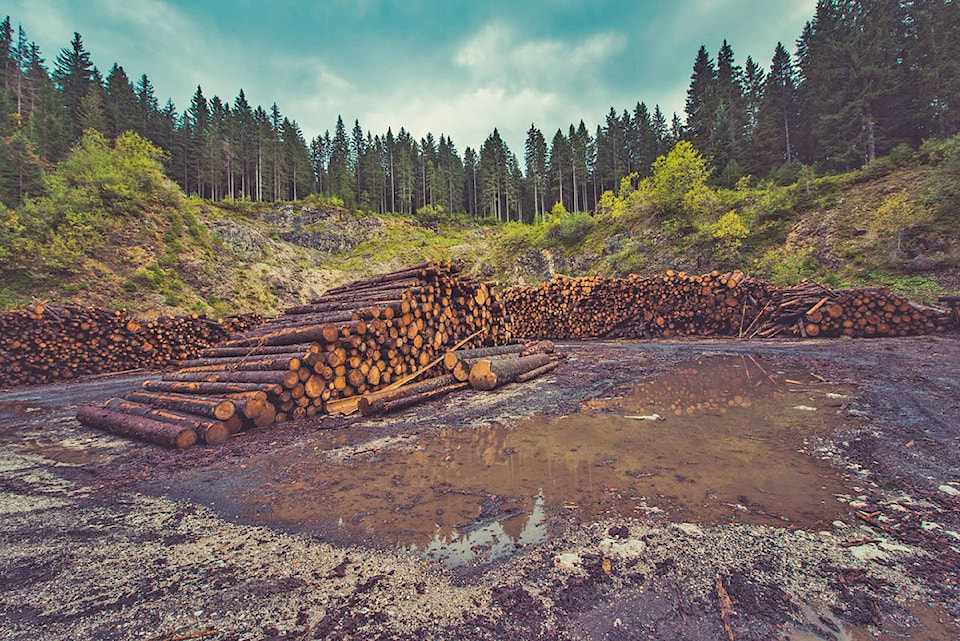Recent announcements about the Tolko mill closure this fall in Quesnel was not unexpected but shift reductions in some B.C. mills was not encouraging. I went to two sources in the U.S. to see what their explanation of the lumber slowdown was caused by.
Freres Lumber from Oregon and the California Farm Bureau Federation provided some background.
The north had above average snowpack in the Sierra Nevadas along with the Midwest being engulfed in the grip of a polar vortex that brought with it historical lows in temperature.
The authors point out that this type of weather always affects our markets in a very understandable way. Another factor was the longest government shutdown the U.S. has ever experienced.
First, government shutdowns influence economic activity.
Second, no housing or economic numbers can be compiled by the government if there are no government workers to compile them.
READ MORE: Restoring forestry in B.C.
The result has been a lag in housing and construction numbers.
It seems to be part of the cyclical nature of supply and demand. There was a slowdown in the increase of housing prices, sales and starts.
The slowdown was attributed to higher mortgage rates, high structural building material prices and limited availability of land and labour. All these issues led to housing affordability issues which dragged the market down.
According to California Forestry Association Vice President Steven Brink housing starts declined last fall and early winter. That contributed to a declining lumber price, although housing has rebounded slightly.
Not all markets were impacted, Ponderosa pine and sugar pine held their value well, however, White fir and Douglas fir dropped sharply (not good for B.C.).
With new home construction being very cyclical, Webb said, “there was a sense that the bubble was going to burst, so people are half-expecting it to happen.”
As well as a large influx of salvage logs on the timber market “can depress the rest of the market, because there’s all of a sudden a big volume that drops the price.”
Our close relationship with U.S. markets means our lumber markets will be impacted as well.
No doubt U.S. lumber mills will try and restrict Canadian imports by whatever means possible but there are some bright spots.
Veneer products are not as impacted as lumber and I have not heard of recent market reductions in the pulp and paper sectors.
Recent announcements about upgrades in wood pellet manufacturing in BC also indicates a healthy biomass sector.
Developing markets in other countries should help to reduce the impacts of our close relationship with the States but the recent reductions in our canola shipments to China because of the Chinese diplomat extradition to the U.S. shows how close our ties are.
In the long run I think the best solutions is to do what we can here, like encouraging the revitalization of our lumber and pulp industry on the coast, reduce log exports and increase value added industries throughout the rest of the province.
Jim Hilton is a professional agrologist and forester who has lived and worked in the Cariboo Chilcotin for the past 40 years. Now retired, Hilton still volunteers his skills with local community forests organizations.
